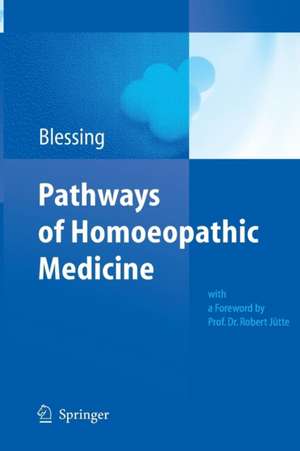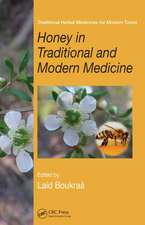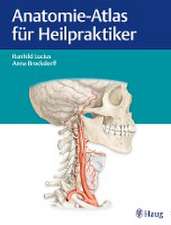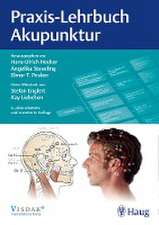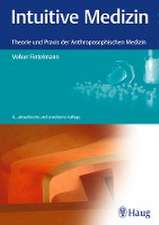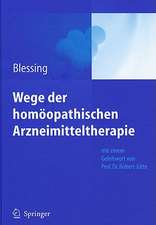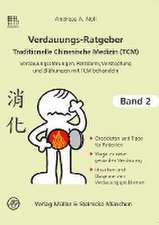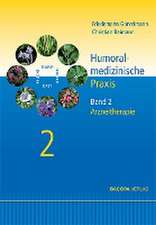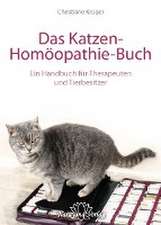Pathways of Homoeopathic Medicine
Autor Bettina Blessingen Limba Engleză Paperback – 15 oct 2014
Preț: 325.09 lei
Preț vechi: 342.20 lei
-5% Nou
Puncte Express: 488
Preț estimativ în valută:
62.22€ • 64.40$ • 52.58£
62.22€ • 64.40$ • 52.58£
Carte tipărită la comandă
Livrare economică 03-08 martie
Preluare comenzi: 021 569.72.76
Specificații
ISBN-13: 9783642438738
ISBN-10: 3642438733
Pagini: 120
Ilustrații: X, 105 p.
Dimensiuni: 168 x 240 x 6 mm
Greutate: 0.18 kg
Ediția:2011
Editura: Springer Berlin, Heidelberg
Colecția Springer
Locul publicării:Berlin, Heidelberg, Germany
ISBN-10: 3642438733
Pagini: 120
Ilustrații: X, 105 p.
Dimensiuni: 168 x 240 x 6 mm
Greutate: 0.18 kg
Ediția:2011
Editura: Springer Berlin, Heidelberg
Colecția Springer
Locul publicării:Berlin, Heidelberg, Germany
Public țintă
ResearchCuprins
Foreword.- 1. The Development of Complex Homoeopathy from the 19th Century to the End of.- 2. The Connection Between Homoeopathy and Naturopathy.- 3. Homoeopathy as Part of a “Holistic Medicine”.- 4. Summary.- 5. Archives.- Bibliography.
Textul de pe ultima copertă
Bettina Blessing’s study follows the progress of homoeopathic therapies up to World War II. It focuses mainly on the development of double and complex remedies which were highly controversial even at the times of Hahnemann, who also experimented with double remedies. Various orientations of homoeopathy, spagyric, naturopathy and conventional medicine advocated homoeopathic remedies and supported medical concepts that were based on ‘holistic’ views. One of the proponents of alternative healing methods was the renowned Berlin surgeon August Bier (1861-1949). For him, homoeopathy was one of several possible medical approaches and, in accordance with Heraclitus, he argued that a ‘harmonious view’ of medicine was not possible as long as one of them was excluded.
Caracteristici
Follows the progress of homoeopathic therapies up to World War II Focuses mainly on the development of double and complex remedies. Various orientations of homoeopathy, spagyric, naturopathy and conventional medicine advocated homoeopathic remedies and supported medical concepts that were based on ‘holistic’ views.
